CO2 reduction
The fact that CO2 is a greenhouse gas and that it causes climate change if too much of it is emitted, is widely known by now. But how much does the Netherlands emit exactly? And which sectors produce the emissions? And how does Summit Engineering contribute to reducing these emissions?
Many people think that the impact on the climate of a country as small as the Netherlands does not really matter. After all, in 2020, the Netherlands was only responsible for approximately 0.5% of greenhouse gases emitted worldwide. It’s up to the countries with a larger footprint to sort it out. But is that really a fair way of looking at it?
If we consider the emissions of an individual Dutch person, the picture is quite different. It turns out that the Dutch emit a fair amount of CO2 (equivalents) per person. In 2020, the Netherlands was in 26th place on the list of polluters with approximately 8 tonnes of CO2 per person per year. They were ranked well above China (ranked 33) and India (ranked 115), while the Dutch believe those countries to be major polluters. In order to reduce the CO2 emissions of the Netherlands, we will have to take measures. We can support you with this. How? First of all, by providing insight into the origins of the emissions. And then by taking action.
Let’s obtain some insight into the CO2 emissions of the various sectors.
Industry
Industry is responsible for the largest share, and accounts for 32% of total emissions. This is not surprising considering the size of an average factory. In this sector, there are still relatively large steps to be taken towards sustainability. For example, by introducing systematic energy savings, possibly with the help of an energy-management system (maybe certified in accordance with ISO 50001), but also by carrying out sustainability projects. Setting up these systems and projects, detailing and supervising them are all areas of expertise of Summit Engineering.
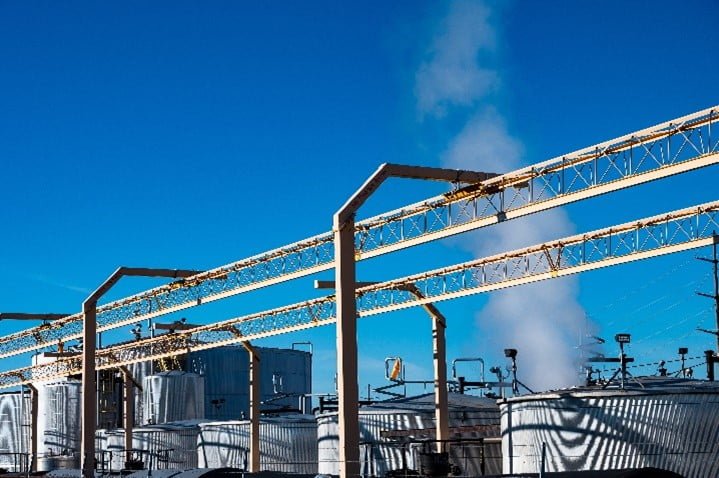
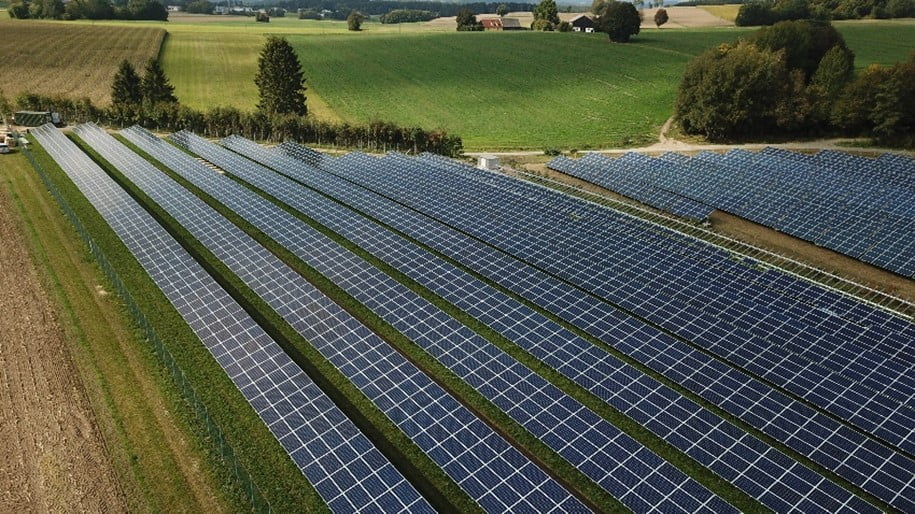
Electricity
The electricity supply takes second place with regard to CO2 emissions with 20%. However, great strides are made in the field of green power. When consumption remains the same or decreases, the share of CO2 emissions caused by generating electricity decreases as well. The supply of electricity is becoming increasingly sustainable due to the construction of offshore wind farms in particular, but also due to onshore wind farms and solar power. In those types of projects, integrating renewable energy into the energy system is a major challenge. Summit Engineering has experience with system integration issues and helps to find solutions.
Mobility
The mobility sector, in other words traffic and transport in the Netherlands, is responsible for 19% of the emissions. Most of these emissions, in fact more than half, are caused by commuting. One third is emitted by freight traffic. The latter sector has great opportunities to become more sustainable by switching to electric motors with batteries or hydrogen, for example. Summit Engineering has already been able to contribute by supervising some excellent projects and initiatives. For example, technical and project-based support for the construction of a hydrogen filling station (https://greenplanet.nl/) and providing information and advice on hydrogen-powered transport (https://www.portofamsterdam.com/nl).
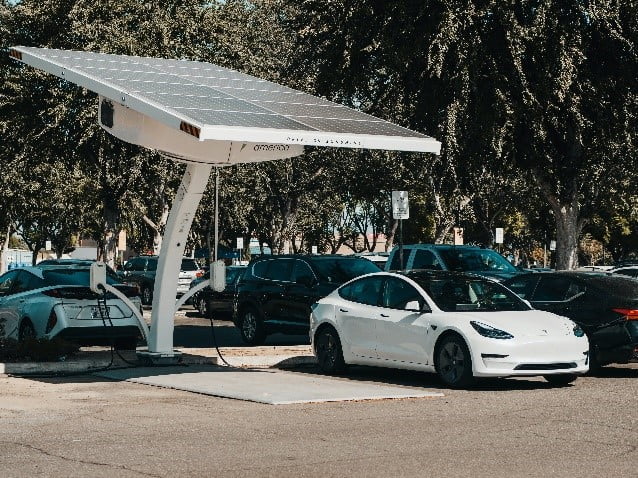
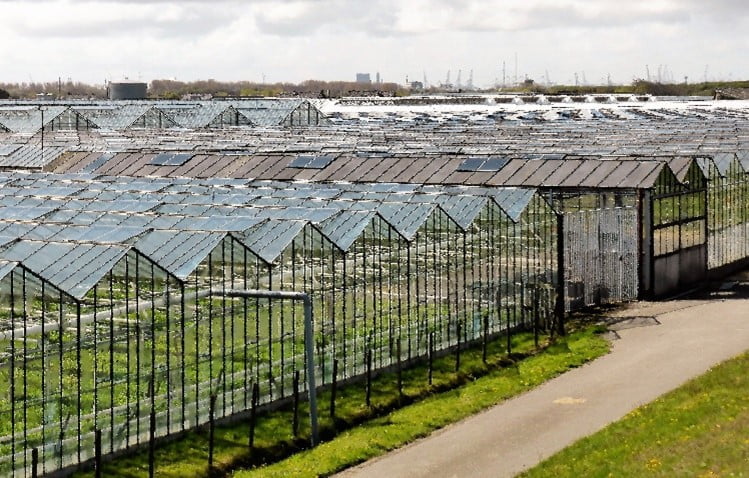
Agriculture
A total of 16% of greenhouse gases in the Netherlands is emitted by the agricultural sector. This is split between heating greenhouses, which accounts for one third of the emissions from this sector, and livestock farming and fertilising the land, which accounts for two thirds. Agriculture can also benefit from an energy-management system and from system integration at a local level.
Built Environment
The last sector is the built environment (13% of emissions), and its emissions are mainly produced by heating homes and offices. These emissions can be reduced with insulation and by installing modern central heating, but also by introducing a heat network for example. In order to realise a heat network, many different parties must be brought together, and permits and subsidies must be applied for. We can guide you through these processes. Within our broad network, we bring companies, local authorities and governments together to efficiently achieve a good result.
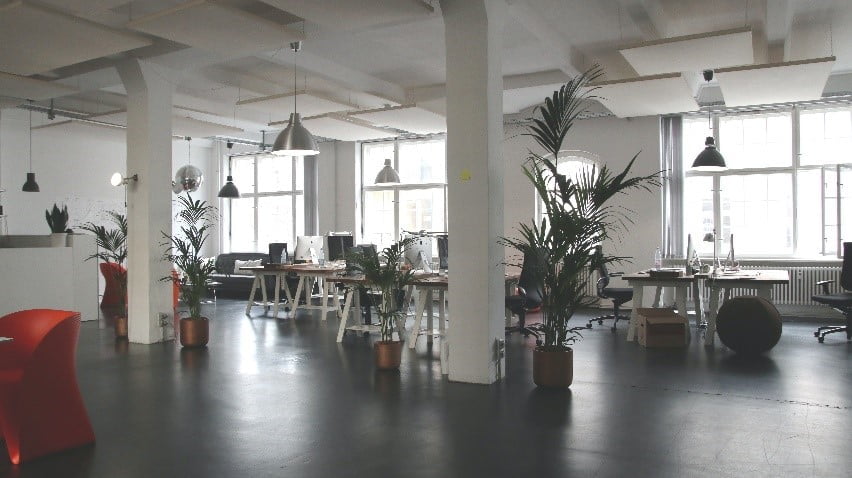
In short, through our broad network, Summit Engineering can quickly bring the right parties together for pragmatic, efficient cooperation in projects that reduce CO2. However, we can also contribute as a technical advisor or as a supervisor of subsidy processes. In addition, we have experienced project leaders/managers who can raise your sustainability projects to a higher level.
Bringing together
Project management
Consultancy
Want to know more about CO2 reduction and the energy transition?
Call/mail one of our experts
Diewertje Doeglas
diewertje@summitengineering.nl
+31 (0)6 41 78 90 52
